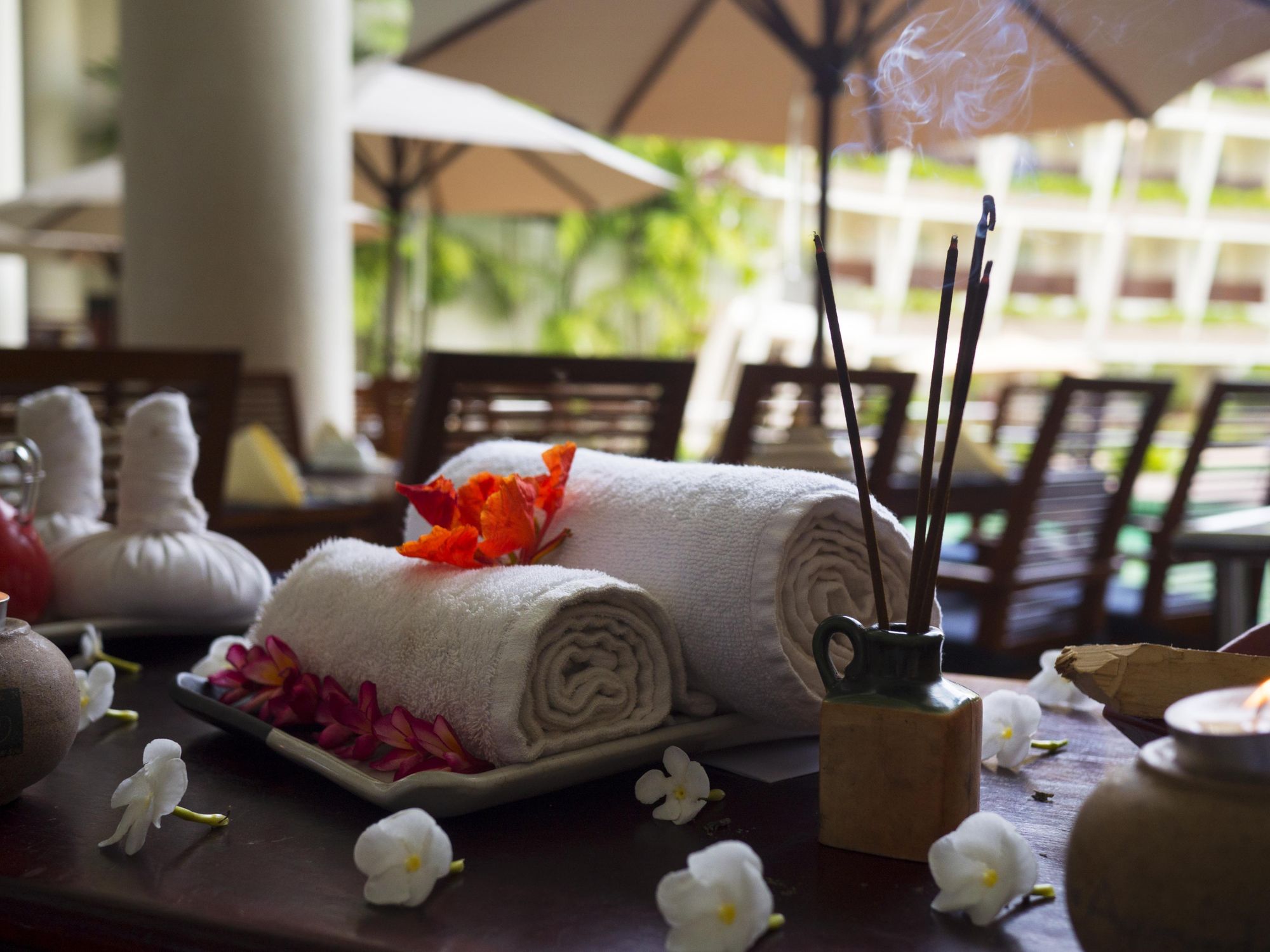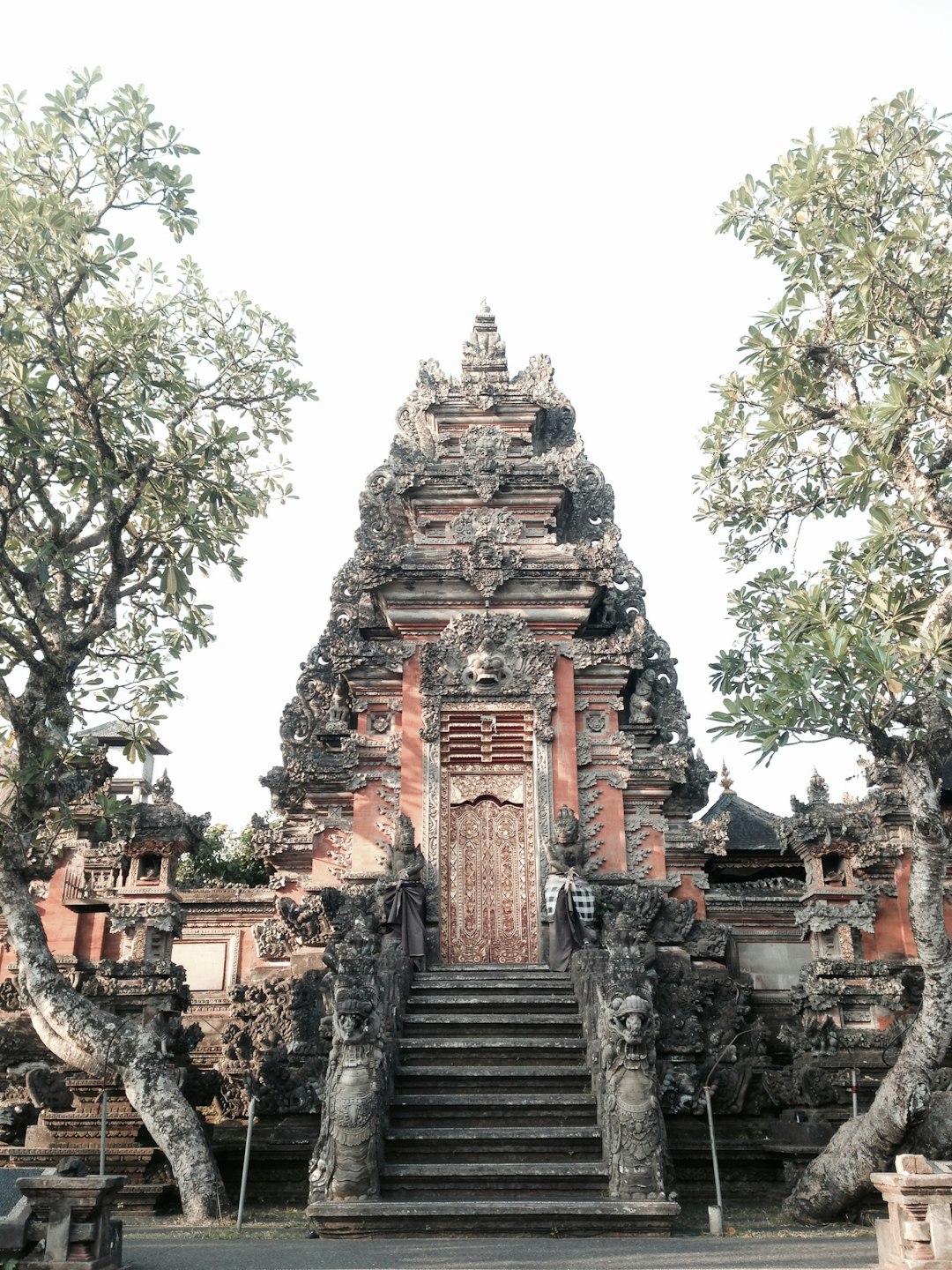Balinese Massage
Balinese massage is a full-body, deep-tissue, holistic treatment. It uses a combination of gentle stretches, acupressure, reflexology, and aromatherapy. It is influenced by Indian, Chinese and Thai practices.
Introduction
Balinese massage is a full-body, deep-tissue, holistic treatment. It uses a combination of gentle stretches, acupressure, reflexology, and aromatherapy. It is influenced by Indian, Chinese and Thai practices. In fact it can be defined as a sort of mixture of different techniques that are harmonized in a unique treatment.
Origin
The traditional Indonesian massage was invented in Bali islands. Bali’s architecture and folklore is strongly influenced by other Asian countries. Pura Besakih, Bali’s largest and most idolized temple that is considered as a Mother Temple for Hinduism, is a clear example of this mixture of influences.
Photo by Pahala Besakih / Unsplash
Pura Besakih
Philosophy
It works on the principle that the human body has certain energy lines similar to meridians of traditional Chinese medicine and nadis of Indian medicine. These are energy channels through which subtle energy called “qi”, flows. There are specific pressure points on these lines which are suitably manipulated to dissolve the energy blocks in the body.
Variations
Bali is just one of hundreds of islands that make up Indonesia. Many of these islands have evolved their own special kind of Indonesian massage:
- Sasak massage (alleviate tiredness)
- Lombok massage (helps hinder aging and promotes relaxation)
- Urat massage (enhances sexual energy)
- Balinese Boreh ( a massage created by rice farmers to ease pain using a preparation of a paste of ground spices)
- Javanese Lulur Ritual (traditionally performed on brides in preparation for marriage)
Procedure
Pre-treatment:
1. Take a detailed medical history of the client. Make sure that this procedure is not contraindicated for the client.
2. Obtain informed consent before starting the procedure.
3. Prepare a professional massage couch with all requirements like towels for draping, stools, cushions for support etc…
4. Ensure personal hygiene of masseur and hygiene of the surroundings.
5. Ask the client to lie down comfortably and ensure that the client’s comfort and privacy are not violated. Expose the body parts to be massaged. Cover the other areas.
6. Position the patient in prone or supine posture, as required.
7. Choose a scented oil according to the preferences and skin type of the client, for massage.
Treatment Proper:
1. Therapist warms the hands before beginning.
2. This technique includes gentle and relaxing strokes as well as vigorous pressure-point stimulation.
3. The therapist starts to treat the legs, then firmly frictions the back and arms and, finally, slowly massages the scalp.
4. Therapists use a combination of gentle stretches, skin rolling, kneading and stroking, and pressure-point stimulation, to stimulate the flow of blood, lymph and energy.
5. The body parts that haven’t been massaged and those already massaged are covered with a cloth not to create temperature leaps.
Post-treatment:
1. Massage should be followed by a steam bath or warm water bath.
Precautions
1. Support the sensitive areas of the body with cushions. (breasts and pelvis in women; pelvic region in men)
2. Always use support while applying pressure with your feet and while walking over the client
3. Be aware of the privacy and modesty of the client
Duration
It is given for a duration of 60 minutes.
Oils used
Carrier oils: jojoba, sesame, Thaitian monoi and coconut oil
Scented essential oils: ylang-ylang, rose oil.
Some essential oils suitable for this type of massage are very rare and can be exclusively found in the island of Bali or more generally in Indonesia, such as frangipani essential oil. This is particularly appreciated by Balinese people because it boosts the mood.

Benefits
Physiological Benefits:
· Helps reduce stress
· Stimulates the flow of blood and oxygen
· Relieves strained muscles
· Helps detoxify the body
· Nourishes and softens the skin
· Elevates mood
Philosophical Benefits:
· Improves vitality
· Dissolves energy blockages
Indications
1. Musculoskeletal disorders
arthritis, back pain, carpal tunnel syndrome, fibromyalgia, neck pain, numbness, injuries, partial paralysis, sciatica, shoulder soreness, sprains, stiffness, strained muscles and tendons, whiplash pain
2. Other systemic disorders
Arteriosclerosis, asthma, chronic fatigue, diabetes, digestive disorders, headaches, heart conditions, high blood pressure, insomnia, migraines, sinus pressure, obesity
3. Psychological disorders
Stress, PTSD, Anxiety, Neuroses, SAD and other mood disturbances, ADHD, Depression
4. Sports injuries
5. Rejuvenation and relaxation
Contraindications
1. Cancer and active infections. ( increased blood flow will encourage the spread of infection and cancer cells.)
2. Pregnancy
3. Women undergoing menstrual cycle
4. Clients who have had recent surgery or open wounds
5. If client is allergic to the essential oils used.

